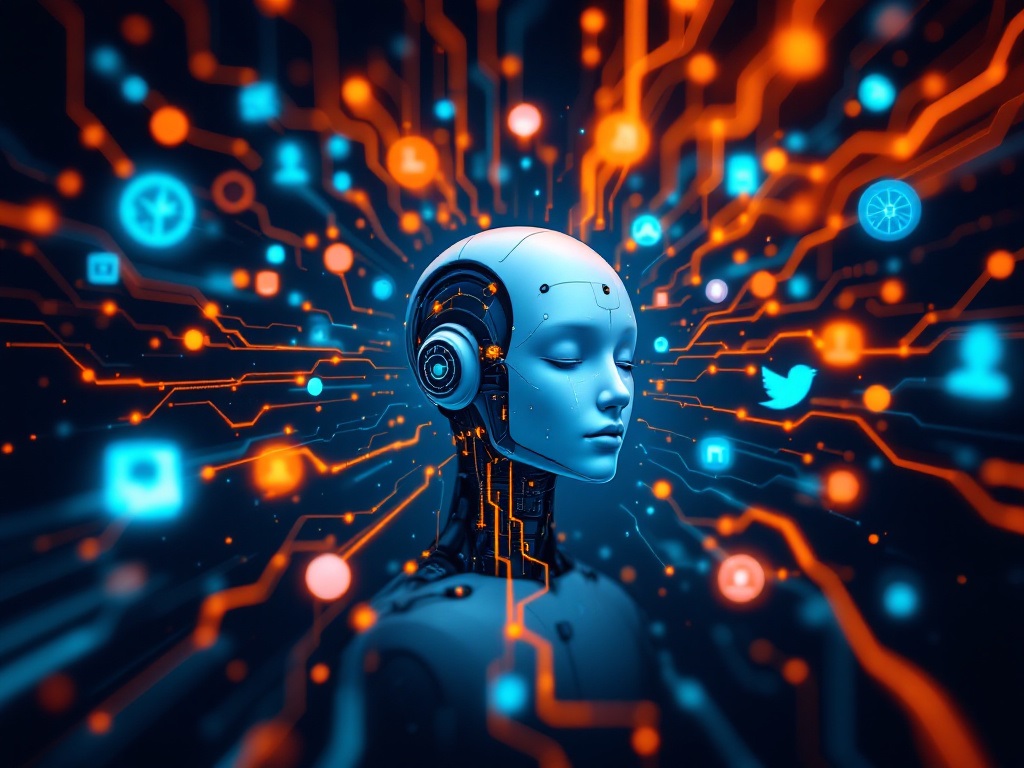Introduction
The convergence of Artificial General Intelligence (AGI) and quantum computing represents a pivotal moment in technological evolution. AGI, the pursuit of machines capable of performing any intellectual task a human can, promises unparalleled cognitive flexibility. Quantum computing, harnessing the principles of quantum mechanics, offers computational power far beyond classical systems for specific problems. Together, these technologies could redefine scientific discovery, solve intractable global challenges, and raise profound ethical questions. This article explores their synergy, potential applications, and the risks we must navigate to harness their transformative power.
Artificial General Intelligence (AGI)
AGI is the holy grail of artificial intelligence—a system with human-like reasoning, adaptability, and problem-solving abilities across diverse domains. Unlike narrow AI, which excels at specific tasks like image recognition or language translation, AGI would generalize knowledge and skills, much like a human. Today, advanced systems like large language models (e.g., GPT or Grok) are impressive but remain narrow in scope, lacking true generalization. Developing AGI requires breakthroughs in robust reasoning, emotional intelligence, and ethical alignment, alongside immense computational resources. The path to AGI is fraught with challenges, including ensuring safety and alignment with human values.
Quantum Computing
Quantum computing leverages quantum mechanics—superposition, entanglement, and interference—to process information in ways classical computers cannot. Unlike classical bits (0 or 1), quantum bits (qubits) exist in multiple states simultaneously, enabling exponential speedups for specific problems. Current quantum systems, such as IBM’s Osprey or Google’s Sycamore, have demonstrated “quantum advantage” in niche tasks but are limited by high error rates, short coherence times, and scalability issues. Applications include cryptography, optimization, and simulating complex systems like molecules or materials, but practical, large-scale quantum computers remain a decade or more away.
The Synergy of AGI and Quantum Computing
The interplay between AGI and quantum computing could amplify the strengths of both, creating a feedback loop of innovation.
How Quantum Computing Enhances AGI
Quantum computing could accelerate AGI development in several ways:
Accelerated Training: Training large neural networks is computationally intensive. Quantum algorithms, such as quantum-enhanced gradient descent or matrix operations, could dramatically reduce training times. For example, quantum machine learning models could process high-dimensional datasets faster, enabling more complex AGI architectures.
Complex Problem Solving: AGI requires solving optimization and combinatorial problems, such as planning or reasoning under uncertainty. Quantum computers excel at these tasks, potentially enabling real-time decision-making for autonomous systems.
Simulation and Modeling: Quantum systems can simulate molecular interactions or chaotic systems with unprecedented accuracy. These simulations could provide AGI with richer training environments, advancing fields like drug discovery or climate modeling.
How AGI Enhances Quantum Computing
AGI, in turn, could revolutionize quantum computing:
Algorithm Development: Quantum algorithm design is notoriously complex, requiring deep expertise in quantum mechanics. AGI’s advanced reasoning could automate the discovery of novel algorithms, such as error-correction codes or quantum optimization techniques.
System Optimization: AGI could optimize quantum hardware by fine-tuning qubit stability, gate fidelity, or circuit design in real time, addressing current limitations in coherence and error rates.
Accessibility: AGI could simplify quantum programming, enabling non-experts to leverage quantum systems through natural language interfaces, democratizing access to this technology.
Potential Applications
The fusion of AGI and quantum computing could unlock transformative applications across industries and societal challenges:
Scientific Discovery: Combined systems could tackle problems in physics (e.g., fusion energy), chemistry (e.g., protein folding), and biology (e.g., personalized medicine). For instance, quantum simulations guided by AGI could accelerate drug discovery by modeling molecular interactions at scale.
Cryptography and Security: Quantum computers threaten classical encryption methods, but AGI could develop quantum-resistant algorithms, ensuring data security in a post-quantum world.
Global Challenges: Climate modeling, resource optimization, and pandemic response could benefit from the precision of quantum computing and the adaptability of AGI. For example, optimizing global supply chains or predicting climate tipping points could become feasible.
Economic Transformation: Industries like finance (e.g., portfolio optimization), logistics (e.g., route planning), and manufacturing (e.g., material design) could achieve unprecedented efficiency, reshaping global economies.
Challenges and Risks
While the potential is immense, significant hurdles remain:
Technical Barriers: Quantum computing faces challenges in scaling hardware, reducing error rates, and extending qubit coherence times. AGI development is hindered by computational costs, data requirements, and the elusive goal of true generalization.
Ethical Concerns: The combined power of AGI and quantum computing could exacerbate inequality, enable mass surveillance, or lead to weaponization. An AGI with access to quantum resources might become uncontrollable, posing existential risks.
Regulatory Needs: The rapid advancement of these technologies outpaces current governance frameworks. Global cooperation is essential to establish ethical guidelines, ensure equitable access, and prevent misuse.
Future Outlook
The timelines for AGI and practical quantum computing remain uncertain. Quantum systems may achieve broad utility in 10–20 years, while AGI estimates range from 2030 to 2050. Their synergy will likely emerge through hybrid systems combining classical, quantum, and AI technologies. Research must focus on interdisciplinary collaboration, integrating AI and quantum expertise to unlock their potential.
The societal impact could be profound, redefining human capabilities in science, medicine, and industry. However, equitable access and robust safety measures are critical to prevent a concentration of power or unintended consequences. Investments in responsible research and global dialogue on governance will shape whether this convergence becomes a boon or a burden.
Conclusion
The intersection of AGI and quantum computing holds the promise of a new era of human progress. From accelerating scientific breakthroughs to addressing global challenges, their combined potential is staggering. Yet, the risks—technical, ethical, and societal—demand careful stewardship. By fostering responsible innovation and global cooperation, we can harness these technologies to solve humanity’s greatest challenges while safeguarding our future. The journey to this frontier has begun, and the choices we make today will define its impact for generations to come.

